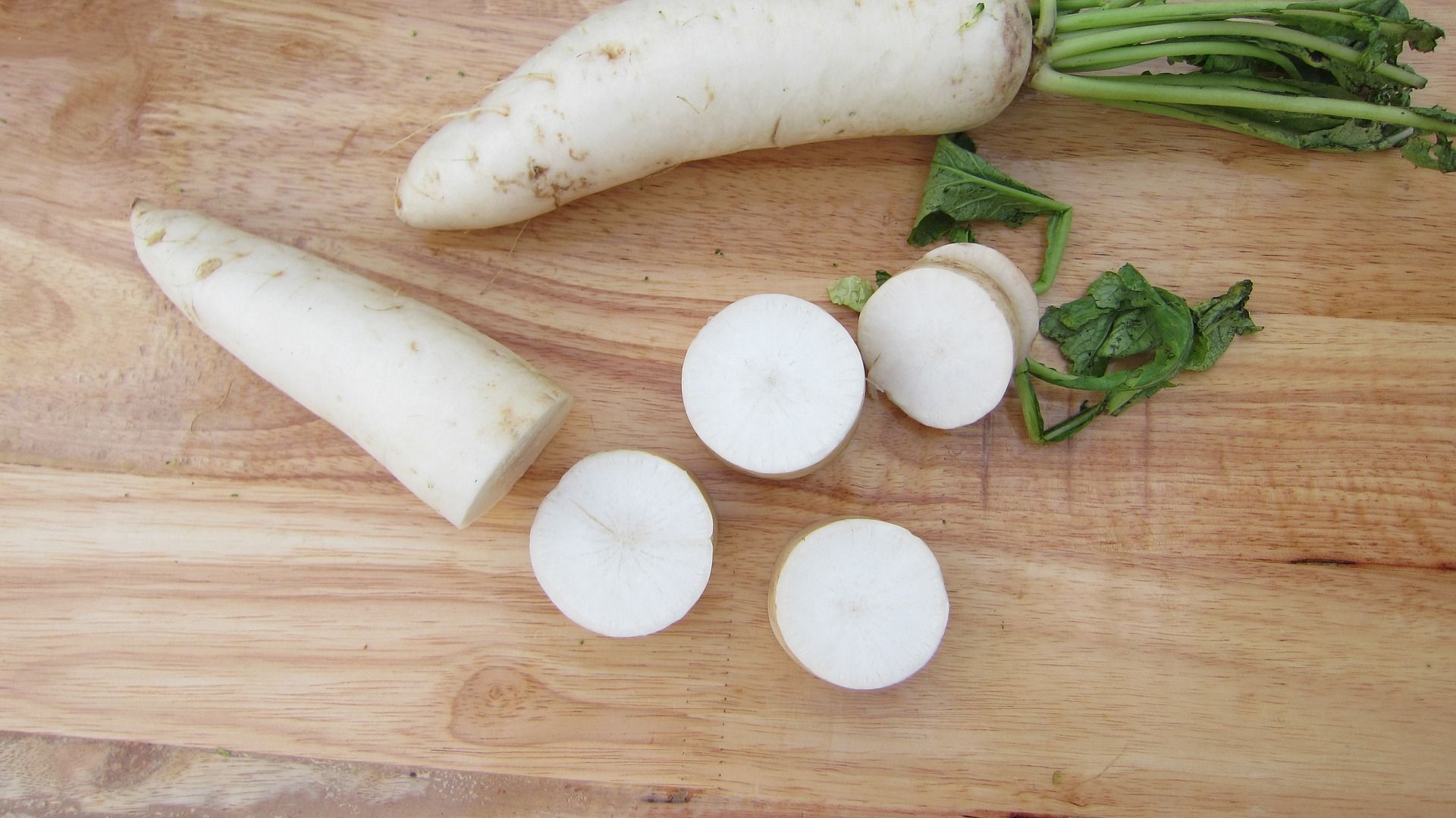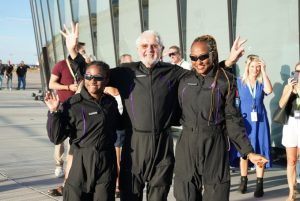To make the future healthy in space, the National Aeronautics and Space Administration (NASA) is now experimenting to grow plants in microgravity, reported ANI.
Located in Europe’s Columbus module, NASA’s experiment plans to discover the production of regular and fresh food for astronauts, who will visit the Moon and Mars. In addition to providing much-needed vitamins and minerals, growing plants in space contribute to sustainability and add an “earthy” touch to their quest.
As plants do not have gravity to root them into the soil in the microgravity conditions of the International Space Station, researchers are using “pillows” that help distribute fertiliser and water to the roots.
In the study, radishes were selected as the model plant, as they have a short cultivation period and are genetically similar to the plant most frequently studied in space, Arabidopsis. They are also nutritious and edible. Samples will be sent back to Earth for study.
The research has shown that plants respond best to red and blue light, giving the Columbus module a disco feel. The plants need less intervention from astronauts and the chamber is equipped with LED lights, porous clay, over 180 sensors and cameras regulated by researchers at NASA’s Kennedy Space Center in Florida, USA.
The next ESA astronaut to launch to the ISS is Thomas Pesquet for mission Alpha. Slated to arrive in Spring 2021, perhaps Thomas will get to try another batch of space-grown greens.







